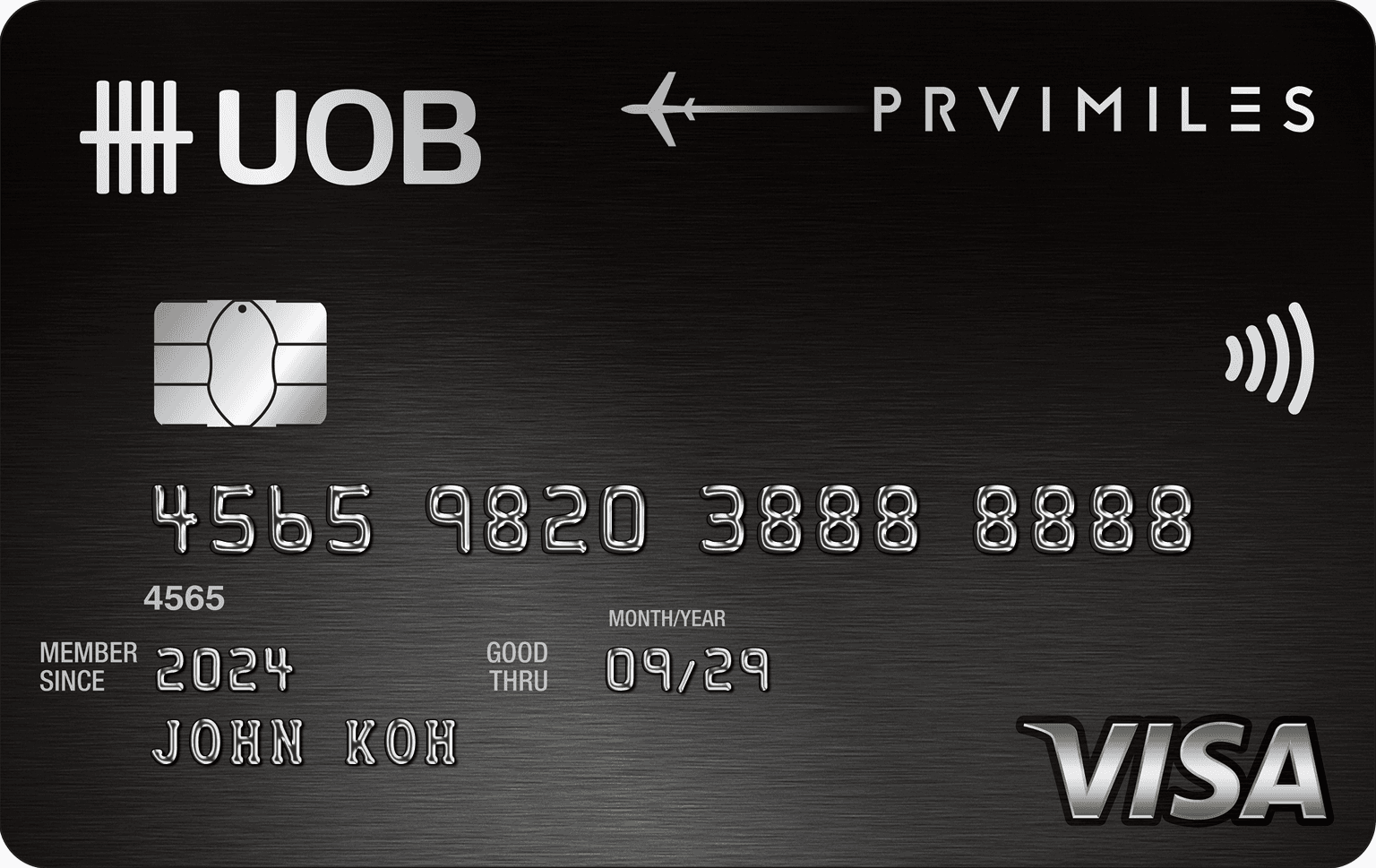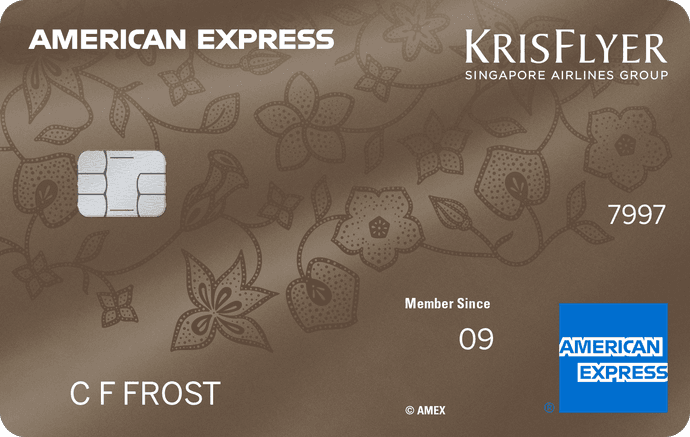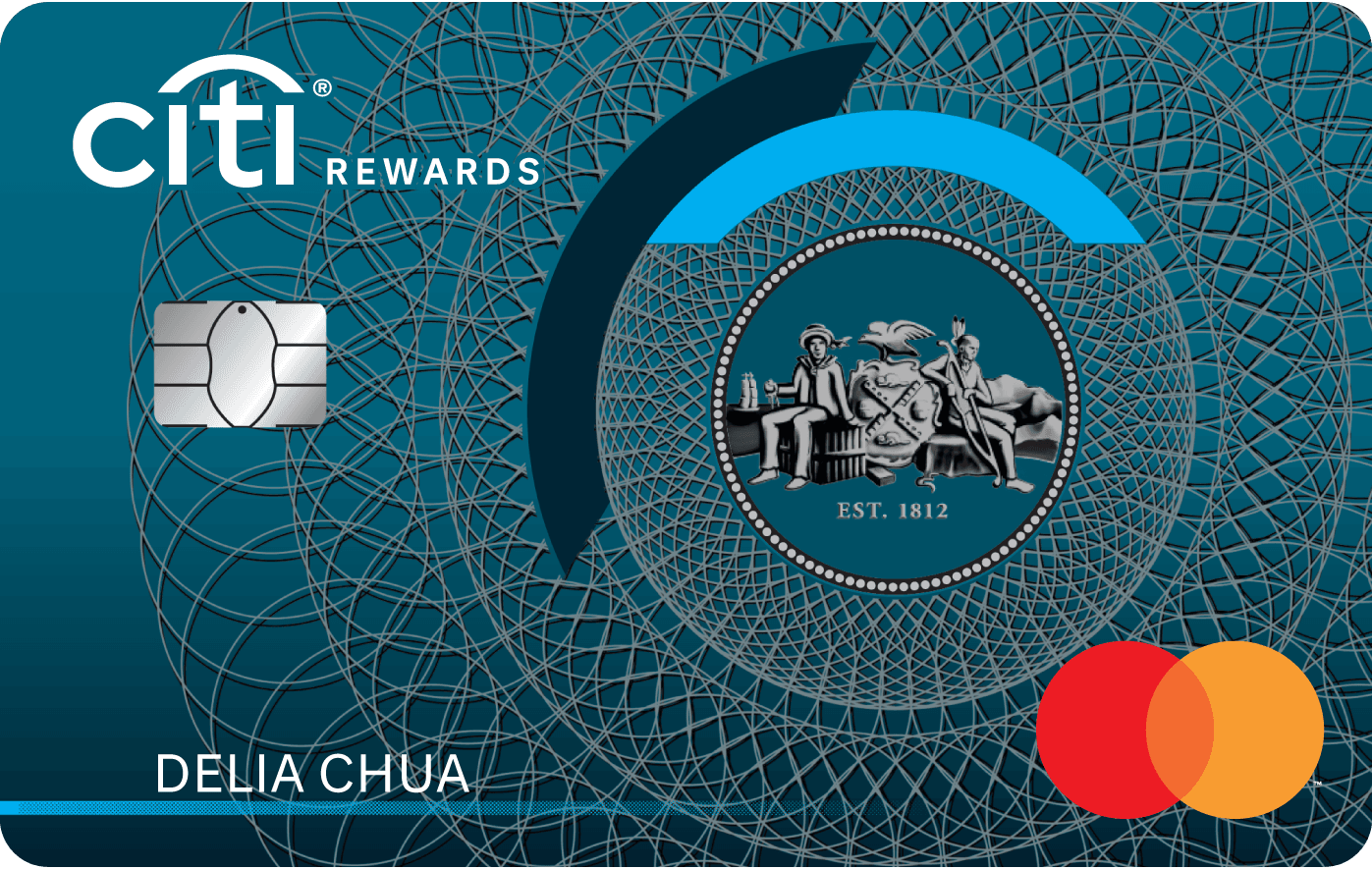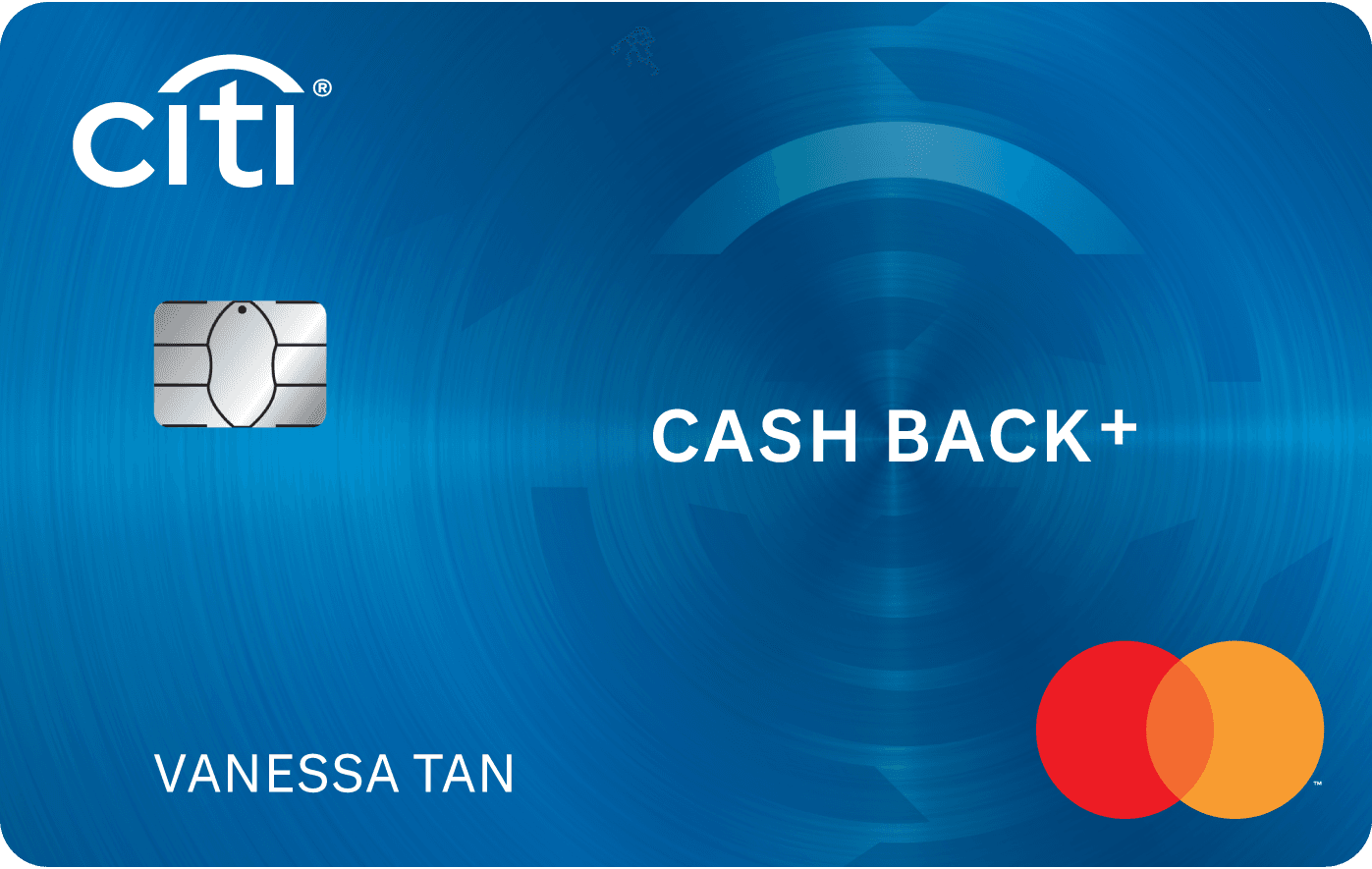Carry-On vs. Checked Bag: What You Must Know
Updated: 29 Jul 2025
Written bySingSaver Team
Team
The information on this page is for educational and informational purposes only and should not be considered financial or investment advice. While we review and compare financial products to help you find the best options, we do not provide personalised recommendations or investment advisory services. Always do your own research or consult a licensed financial professional before making any financial decisions.
Every time you fly, there’s one key decision to make: Should you bring a carry-on, check a bag, or both? The answer often depends on your destination, how long you’ll be away, and whether you’re travelling solo or with others.
A carry-on bag stays with you in the cabin, typically stored in the overhead bin. It offers quick access and lets you skip baggage claim. A checked bag, on the other hand, is handed over at the airline counter and stored in the aircraft’s cargo hold — out of reach until you land and retrieve it.
For Singapore-based travellers, especially those flying budget or short-haul within the region, choosing wisely can save time and money. Below, we break down the difference between carry-on and checked bag options and help you decide which suits your next trip from Changi.
What counts as a carry-on bag?
A carry-on bag is a piece of luggage you bring onboard the aircraft and store in the overhead compartment. Common examples include cabin-sized wheeled suitcases, travel backpacks, or duffel bags.
Each airline sets its own size restrictions, but as a general guideline, dimensions typically cap at 56cm x 36cm x 23cm.
For instance, Singapore Airlines allows one carry-on bag of up to 7kg, with maximum dimensions of 115cm total (56cm x 36cm x 23cm), including handles and wheels. You're also allowed a personal item, such as a handbag or laptop bag.
Always check your airline’s policy before packing. If your carry-on exceeds the size or weight limits, you may be required to check it at the gate — often with an extra fee, especially on budget carriers.
What can you bring in a carry-on bag?
Besides meeting your airline’s size and weight rules, it’s just as important to know what is allowed in a carry-on bag, especially when clearing airport security.
Since your carry-on stays with you in the cabin, it’s subject to aviation safety regulations. Singapore adheres to International Civil Aviation Organization (ICAO) standards, which restrict certain items from being brought onboard.
Prohibited items include sharp objects (like knives and large scissors), flammable materials, and any liquid containers above 100ml. If you’re packing such items, they’ll need to go into your checked baggage.
Electronics, travel documents, jewellery, and essential medication should always stay in your carry-on. For a full list of restricted items, refer to the Civil Aviation Authority of Singapore’s security guidelines before you pack.
Liquid restrictions
Singapore adheres to the global 100ml liquid rule. Each passenger is allowed liquids, aerosols, gels, creams, or pastes in containers of 100ml or less. All items must fit in one clear, 1-litre resealable plastic bag
This bag must be presented separately during security screening. Oversized containers — even if only partially full — will be confiscated.
Tip: Buy travel-size toiletries or decant them into approved bottles to stay compliant.
>> Learn more: 6 ways to maximise your credit card perks and travel in style
The difference between a carry-on item and a personal item
The line between a carry-on bag and a personal item can be easy to blur, but there’s a key difference: size and where it’s stored.
While both are brought onboard, personal items are smaller and must fit under the seat in front of you. These typically include laptop bags, small handbags, briefcases, or compact camera cases.
Most full-service carriers like Singapore Airlines allow:
-
1 carry-on bag (up to 7kg) stored overhead
-
1 personal item under the seat
In contrast, budget airlines such as Scoot, Jetstar, and AirAsia often restrict you to just one cabin item for economy fares (usually up to 7kg total). Bringing a second bag — no matter how small — may require a bundled fare or an add-on.
Check your fare class before flying. If you're only entitled to one item and bring two, the second could be checked at the gate with added fees.
>> Learn more: What credit cards to use in Europe
Travel better with the right card
Match your credit card to your travel style and enjoy rewards, coverage, and peace of mind wherever you go.
Are carry-on bags free of charge?
Whether or not your carry-on bag is free depends on which airline you're flying and what type of fare you've booked. Full-service airlines like Singapore Airlines typically include one carry-on bag and one personal item as part of your ticket, as long as both items meet the size and weight limits.
On budget airlines, however, it’s a different story. Some fares only include a personal item that fits under the seat. Anything larger — such as a wheeled cabin bag — may require an additional fee.
Here’s how it breaks down for major regional carriers:
-
Scoot: Fly fare includes one item up to 10kg (combined weight if you bring two pieces); heavier allowance available via add-ons.
-
Jetstar: Starter fares include up to 7kg total; you’ll need to upgrade for more.
-
AirAsia: Basic fare includes 7kg; you’ll need to pre-book extra weight or risk paying more at the airport.
If you bring more than your fare allows and haven’t pre-paid, be prepared to check your bag at the gate — and pay a fee. Booking baggage allowance in advance is almost always cheaper.
>> Learn more: 7 top travel mistakes Singaporeans make (and how to avoid them)
What counts as a checked bag?
A checked bag is luggage that you hand over at the airline counter before your flight. It’s stored in the aircraft’s cargo hold, which means you won’t have access to it until you arrive at your destination.
Travellers typically check bags either because the bag is too large to qualify as a carry-on (usually over 56cm in length), it contains items restricted in the cabin, such as full-size liquids, sports equipment, or certain tools or the trip is longer in duration or involves multiple stops, requiring more clothing and essentials.
While checking your luggage frees you from carrying heavy bags through the airport, it does come with trade-offs. Expect longer waits at baggage claim — and in rare cases, the risk of your bag being delayed or mishandled.
Dimensions of a checked bag
Checked bags can be larger than carry-ons, but they’re still subject to strict size and weight limits. Most airlines set the maximum total dimensions — length + width + height — at 158cm. As for weight, it depends on the airline and fare class.
For example, Singapore Airlines economy passengers can check in up to 30kg in total, regardless of the number of bags. Higher classes offer more generous limits. For budget airlines like Scoot, there are no free checked bags; you’ll need to pre-purchase weight allowance in tiers (20kg, 25kg, 30kg and beyond). Jetstar’s basic fares also don’t include checked baggage. You’ll need to buy allowance separately, and fees increase with weight.
Travellers carrying oversized or overweight luggage — typically anything above 32kg — may incur steep surcharges or even be required to repack. To avoid last-minute fees, weigh your bag at home and book any necessary top-ups in advance.
>> Learn more: Which credit card is best to buy airline tickets and hotels in 2025?
How much does checking in a bag cost?
Unlike carry-on bags, checked baggage usually comes with a fee — unless it’s bundled with your fare or waived due to membership perks. The cost depends on the airline, your route, and the weight of your luggage.
Here’s a quick look at what you can expect:
-
Scoot: Prepaid baggage starts from around S$25 to S$80, based on weight and destination.
-
Jetstar: From S$20+ when booked online in advance; fees are significantly higher if added at the airport.
-
AirAsia: Baggage fees also begin at around S$20+, with extra charges for overweight bags.
Full-service airlines like Singapore Airlines typically include checked baggage in the ticket price, especially on long-haul or premium fares. For Economy Class, the allowance is usually 30kg.
However, there are ways to avoid paying more than necessary on your checked bags — for instance, pre-booking your baggage online (which is typically cheaper than airport rates), using a travel credit card or airline membership that includes complimentary baggage, or relying on annual travel insurance that covers baggage delay or loss for added peace of mind.
Cards and benefits to cut baggage costs
Another way Singapore-based travellers can maximise savings on baggage fees is by using the right travel credit cards or airline loyalty programmes. Many cards offer benefits that help reduce overall travel costs. For instance, you can earn airline miles through card spending, which can be redeemed to offset the cost of fares that already include baggage allowances.
Some cards also come with complimentary travel insurance, covering scenarios like baggage delay or loss. Additionally, frequent flyers may be able to fast-track their elite status or access fare classes that bundle in checked luggage, offering added value without paying separately for bags. Choosing the right travel card based on your airline preferences and travel frequency can still lead to meaningful savings. Here are a few cards that offer such perks:
What is the size of your bag and how much do you need to pack?
Once you understand the difference between a carry-on vs checked bag, the next step is figuring out which one suits your trip. This largely depends on where you’re going, how long you’ll be away, and what kind of travel you’re doing.
Do you mind waiting in lines?
No matter how efficient Changi Airport is, some queuing is inevitable. But the type of luggage you bring — carry-on or checked bag — can influence how long you spend in those lines.
If you're flying with only a carry-on, you can usually skip the check-in counter entirely and head straight to security with your mobile boarding pass. It’s quicker, more streamlined, and you won’t have to wait at baggage claim after landing.
If you check a bag, though, you’ll need to queue at the airline counter to drop it off and wait again at the baggage carousel on arrival. During peak periods like school holidays or long weekends, these lines — especially at budget carrier counters — can get noticeably longer.
For travellers in a rush or those who simply prefer less airport fuss, going carry-on-only can be a real time-saver.
>> Learn more: Best credit cards for overseas spending in Singapore
Are you prepared to lug a carry-on through the airport?
A carry-on bag can be convenient, but it’s not always hassle-free.
You’ll need to lift it into the overhead compartment, wheel or carry it through terminals, and juggle it at the restroom, cafés, or while boarding, especially if you're travelling solo or with kids. Even simple tasks like navigating crowded gates or airport lounges can be trickier when you’re managing your own luggage.
On budget airlines, overhead bin space is limited. If you board late, there’s a chance your bag could be gate-checked, even if it meets cabin size limits.
Families or groups may find it easier to check a shared bag and move through the airport hands-free. But if you prefer having all your belongings with you, just be prepared for the extra lift — literally and figuratively.
Is travelling light better?
Travelling light can make your journey more efficient, especially at busy airports. With just a carry-on, you can skip baggage claim, reduce the chance of lost luggage, and move quickly from gate to ground transport.
However, it’s not always seamless. On smaller regional aircraft, such as Scoot’s Airbus A320s, cabin storage is more limited. Even standard-size carry-ons might need to be gate-checked at boarding, meaning you’ll still have to wait to retrieve your bag after landing — often on a crowded jet bridge.
Still, for travellers hopping between cities or relying on public transport, a carry-on offers greater flexibility. It also encourages smarter, more intentional packing. Whether it’s worth it depends on your travel style, airline, and destination — but for many, lighter often means easier.
Final thoughts on carry-on vs. checked bag
The difference between a carry-on and a checked bag goes beyond just size — it’s about how you balance cost, convenience, and comfort throughout your journey.
Carry-on-only travel can save time and money, especially on budget airlines. But checked baggage gives you more freedom to pack what you need without worrying about space or weight restrictions. There’s no one-size-fits-all answer. Know your airline’s baggage policy, plan ahead, and choose the option that works best for your itinerary — and your sanity.
Ways to maximise your travel rewards
Looking to earn more from your next adventure? The right travel credit card can help you rack up miles, enjoy airport perks, and stretch your travel budget further. Here are some of the best travel credit cards in Singapore for 2025, depending on what matters most to you:
-
Best for miles: Citi PremierMiles Card
-
Best for cashback with no minimum monthly spending: Standard Chartered Smart Credit Card
-
Best for overall cashback: UOB One Card
-
Best cashback for shopping and dining: HSBC Live+ Credit Card
-
Best for luxury perks flyers: The Platinum Card® from American Express
-
Best for fuel discounts: Citi Cash Back+ Card
Plan smarter for your travel
Find the right credit card to match your destinations, duration, and lifestyle — so you're covered every step of the way.
About the author
SingSaver Team
At SingSaver, we make personal finance accessible with easy to understand personal finance reads, tools and money hacks that simplify all of life’s financial decisions for you.





